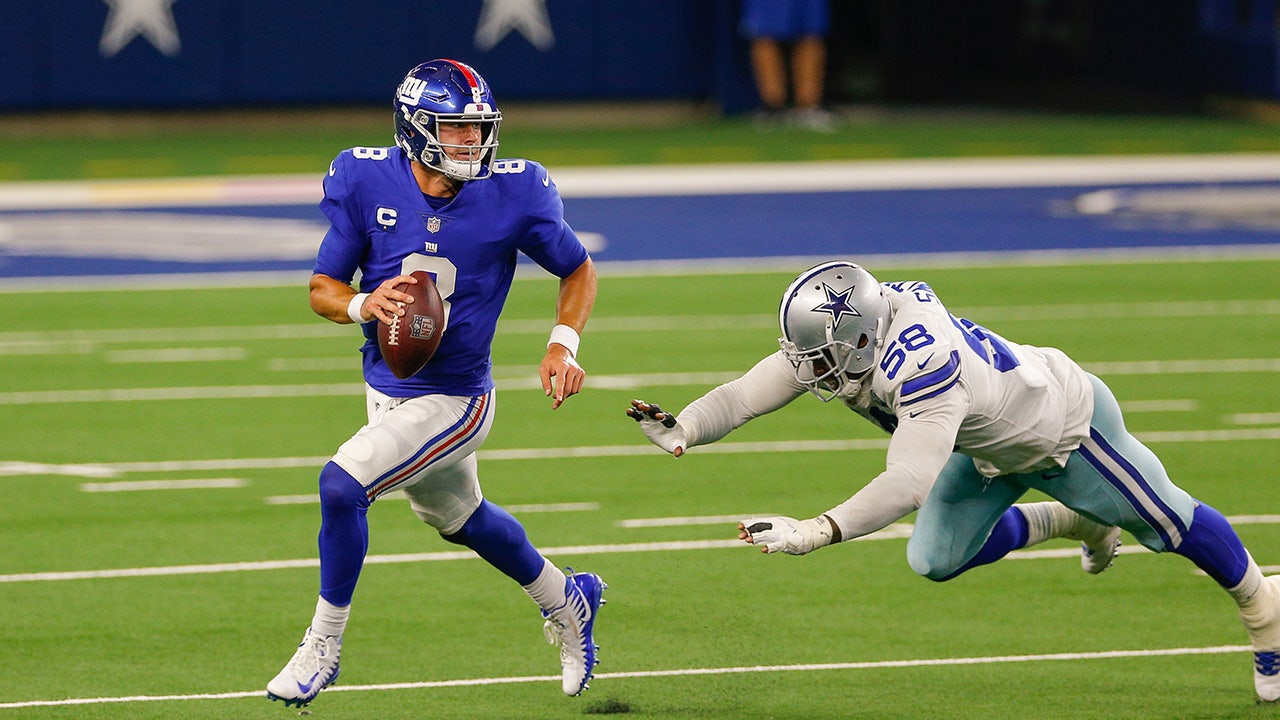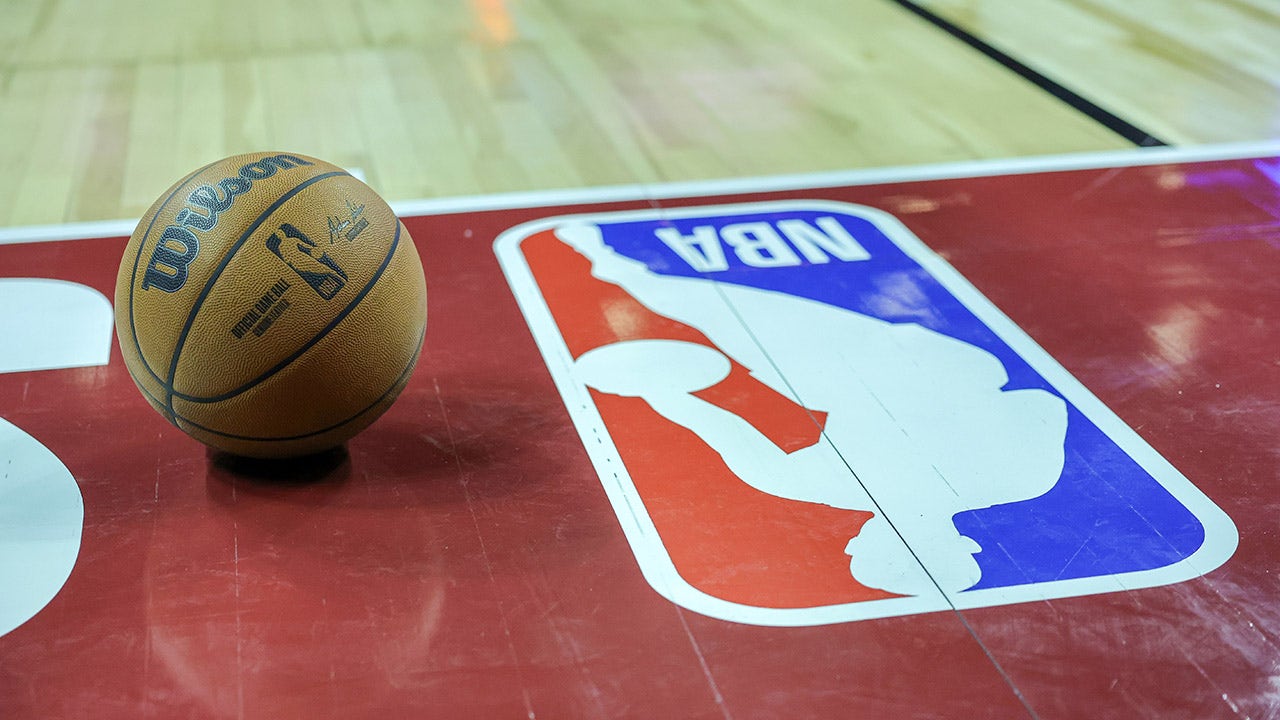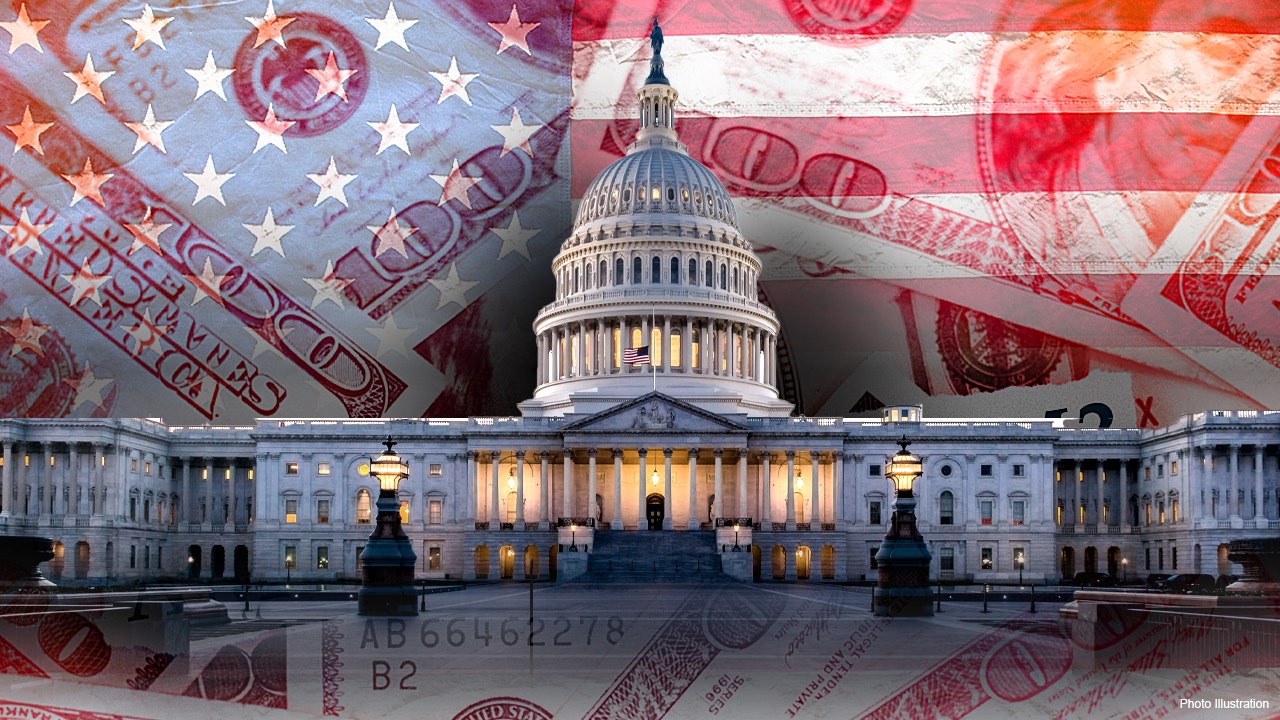Job seekers have been calling the shots for nearly four years as employers struggled to fill millions of openings to meet an onslaught of demand coming out of the pandemic.
Many employers couldn’t even require that workers return to offices, fearing they would quit. And if those workers did end up leaving, they’d most likely find another job that suited their preferences pretty quickly. Plus, there was a good chance they’d even earn more money by switching jobs, too.
But the tide is starting to turn. Suddenly, the red-hot labor market is feeling closer to lukewarm for job seekers.
The unemployment rate rose to a three-year high of 4.1% in June, with 6.8 million people unemployed. At that time a year ago, the unemployment rate was at 3.6% and 6 million people were unemployed.
The rising unemployment rate — driven primarily by more people entering the workforce — means that it’s getting more competitive for job hunters to get hired. It’s just one of several signs of the changing narrative in the labor market.
“We went from, ‘How is the job market defying gravity?’ to ‘Let’s hope it doesn’t hit the ground any faster,’” Luke Pardue, policy director at the Aspen Institute’s economic strategy group, told CNN.
Economists have been closely watching the pace at which workers are leaving their jobs, since it serves as a signal for workers’ willingness to test the labor market’s waters. The quits rate has held steady at just 2.2% for seven months running, after reaching 3% during the pandemic. When people switch jobs, that typically can correlate to bigger pay bumps. which, in turn, potentially could make it more difficult to rein in inflation.
Job-switchers’ pay raises have pared down significantly from the “Great Resignation” period, according to a newly released analysis from Bank of America. In fact, median pay raises are just below 2019 levels, David Tinsley, senior economist at the Bank of America Institute, told CNN.
“People are still moving between jobs at a slightly faster rate than they were pre-pandemic … but the pay raises they’re getting when they make those moves is a degree softer,” he said. “That sort of suggests that the pendulum has swung slightly more in favor of firms and away from workers.”
As the pace of hiring has slowed, people are staying unemployed longer.
The median duration of unemployment jumped higher last month, to 9.8 weeks from 8.9 weeks in May, and landed at a level not seen since January 2023, Bureau of Labor Statistics data shows.
That aligns with a recent trend seen in Labor Department jobless claims data.
Continuing claims for unemployment benefits, which are filed by people who have received benefits for at least a week or more, rose to 1.858 million during the week that ended June 22, marking their highest level since November 2021, according to Labor Department data released last week.
Initial claims, which are considered a proxy for layoffs, have been steadily rising as well. As of the week ended June 29, the four-week average of first-time claims was at 238,500, its highest level since August 2023.
Despite the recent upswing in unemployment duration as well as the unemployment rate, it’s important to note the historical context: The median unemployment duration is in line with what was seen in 2019; and the jobless rate remains below historical averages.
Even though there was a net positive number of people hired last month, totaling 206,000, there weren’t universal jobs gains across all industries.
In fact, several industries shed more jobs than they added.
Among those were retail and manufacturing, where employment declined by 9,000 and 8,000, respectively. The biggest declines came from professional and business services — an umbrella sector that includes accountants and people who work in marketing. The industry employed 17,000 fewer people last month compared to May.
That drop was driven by a whopping 49,000 fall last month in the number of temporary help services workers, a sub-sector of professional and business services.
The temporary help category is often closely watched by economists as it could serve as a forward-looking economic data point in an otherwise lagging indicator: If companies are growing, they’ll often get temporary help until they can hire for a full-time position; but if times are tougher, the temp workers usually are the first to go.
Since 2022, the temporary help sector has added jobs in only four months. Still, the drop-off in June is the biggest since April 2021.
The sharp decline in temporary help may be a sign that future weakness is ahead for the labor market this summer, Jack McIntyre, portfolio manager at Brandywine Global, wrote in commentary issued Friday.
Read the full article here











